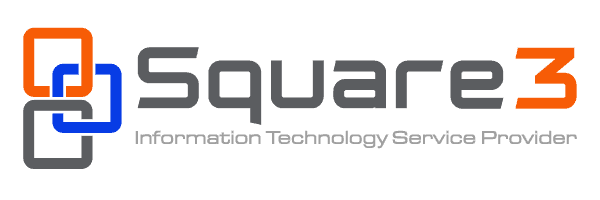What’s the difference between break-fix and managed IT services
When it comes to methods for handling IT, there are two primary strategies: the “break-fix” method and managed IT services. Both of these options have their pros and cons, and each can work for certain types of companies. It’s important to determine what sort of business you’re running and what sort of IT will work best for you.
Let’s start by understanding what each method is and then look at the benefits and drawbacks of each IT approach.
What is break-fix?
Break-fix is exactly what it sounds like: you wait for something to break and then you fix it. This type of IT is very reactive, only solving the most obvious issues and only once they are a distinct problem that requires resolution.
What are the pros of this kind of IT approach?
- Allows companies to function either without dedicated IT personnel or a single contract for irregular services. This can save on monthly costs.
- Allows companies to focus on more mission-critical functions, letting IT slide until it’s necessary to deal with it.
What are the drawbacks of break-fix?
- Break-fix can create substantial costs when a particular piece of technology breaks. The cost of replacing technology itself is expensive, but when the tech goes down, this can cause company-wide downtime. Downtime becomes expensive very fast: customers aren’t being served, which means your business isn’t making money.
- If businesses don’t have a dedicated IT team, they will also need to hire a contractor to solve problems as they arise. This means they’re now working on someone else’s schedule; the work can’t be done until the contractor can get to the office, figure out the problem, order the replacements necessary, and install them.
Who does break-fix work for?
Companies that mostly use SaaS applications and have a disparate workforce may not need to worry too much about having an IT team constantly at the ready. If companies aren’t particularly internet dependent, this may also be a successful strategy.
What are managed IT services?
With managed IT services, businesses hire a third-party company to serve as their IT team. They help manage items like networking, backups, cybersecurity, VPNs, and more. Your managed IT team is always available and is constantly working to identify potential problems and solve them before they become an issue that affects the company.
What are the pros of this kind of IT approach?
- Companies pay a regular monthly fee that they can easily budget for.
- Companies can outsource the functions that are monotonous and day-to-day, like email security and backups. They can then focus on essential functions, like app security, for example. Or, they could choose to have all of their IT needs handled by a managed team and focus on their primary goal.
- Services are highly scalable; when a company brings on more people or needs additional resources, those are generally available quickly.
What drawbacks come from a managed IT service?
- There may be some months where the company doesn’t utilize the full benefits of a managed team.
- Companies running on very tight budgets might balk at regular monthly costs or long term contracts.
- Businesses have less control over the specific technicians doing their work. When hiring a single team member, companies can make sure the person has the right fit for their culture; when hiring a team, the business has less determination over who specifically works on their contract.
Each company needs to make the right decision for its size, budget, and needs. Many companies start with a break-fix mentality, but over time find that the cloud computing and security application options of a managed IT services company help them grow and develop as a robust business. If you’re interested in finding out more about a managed IT services company, contact us today.








